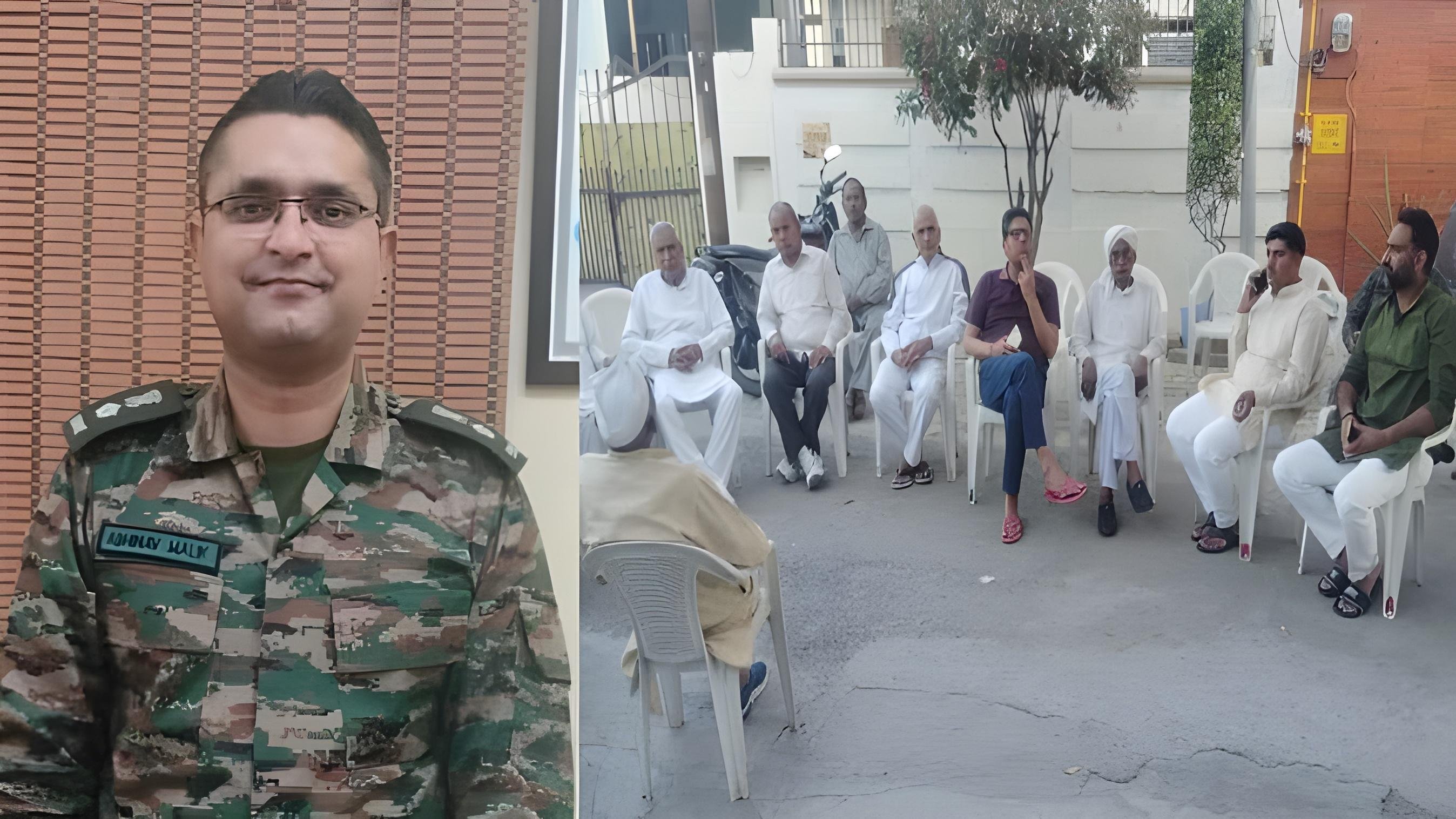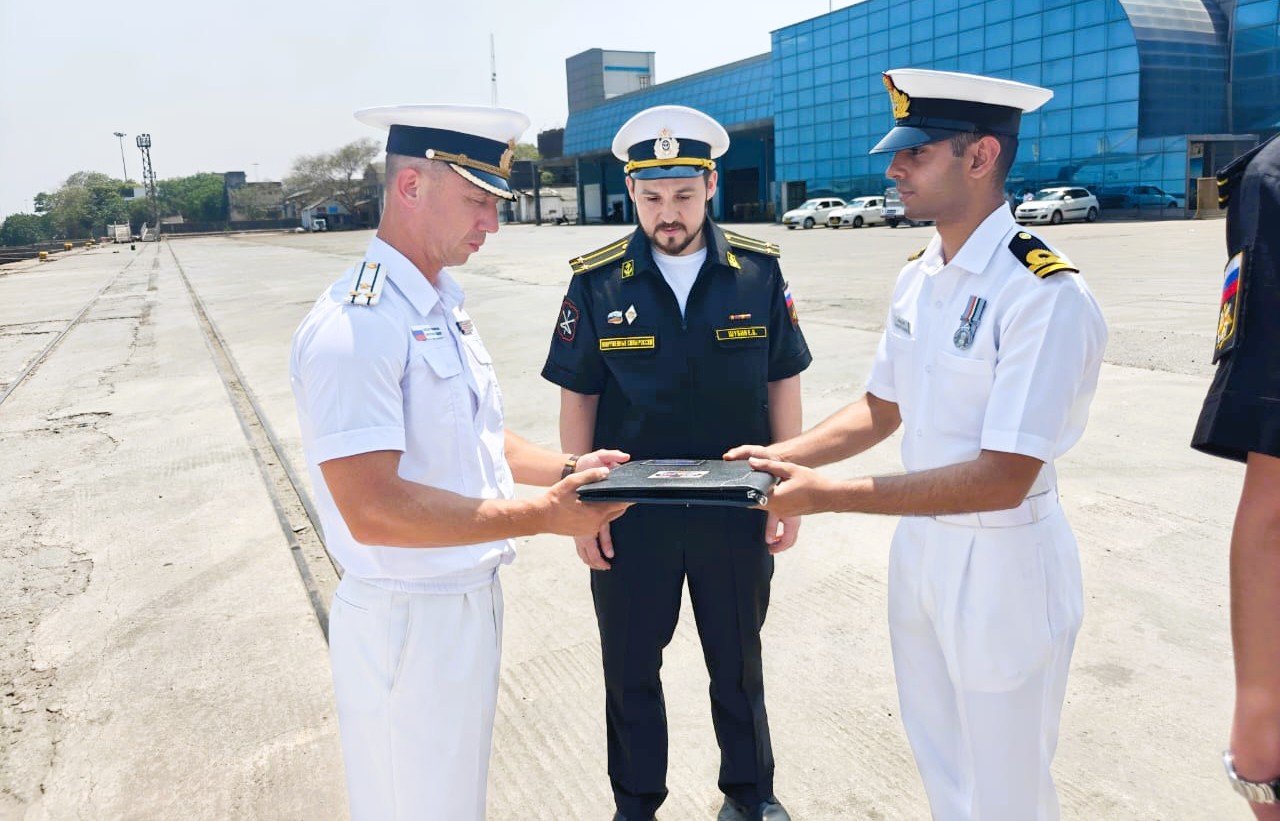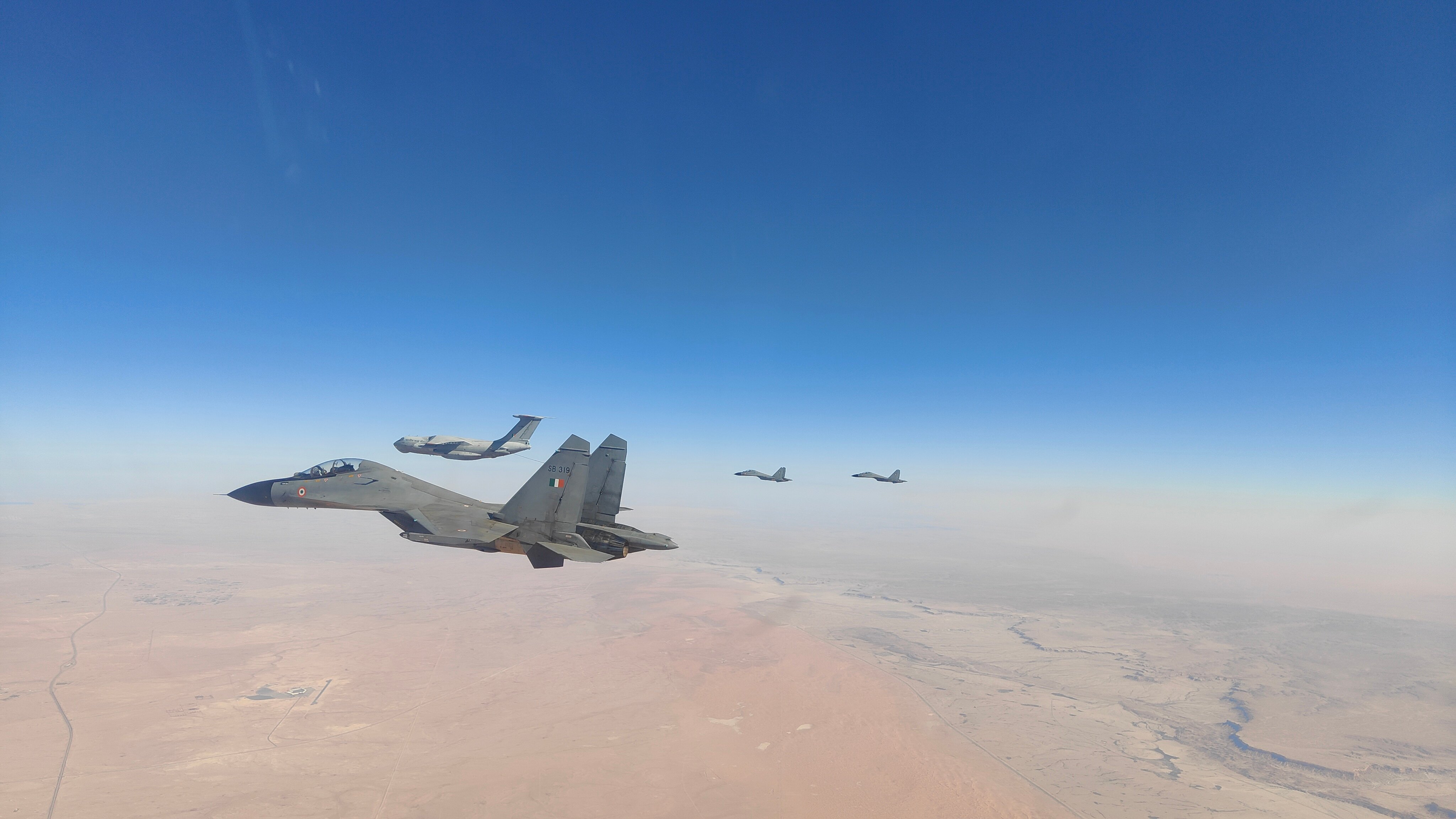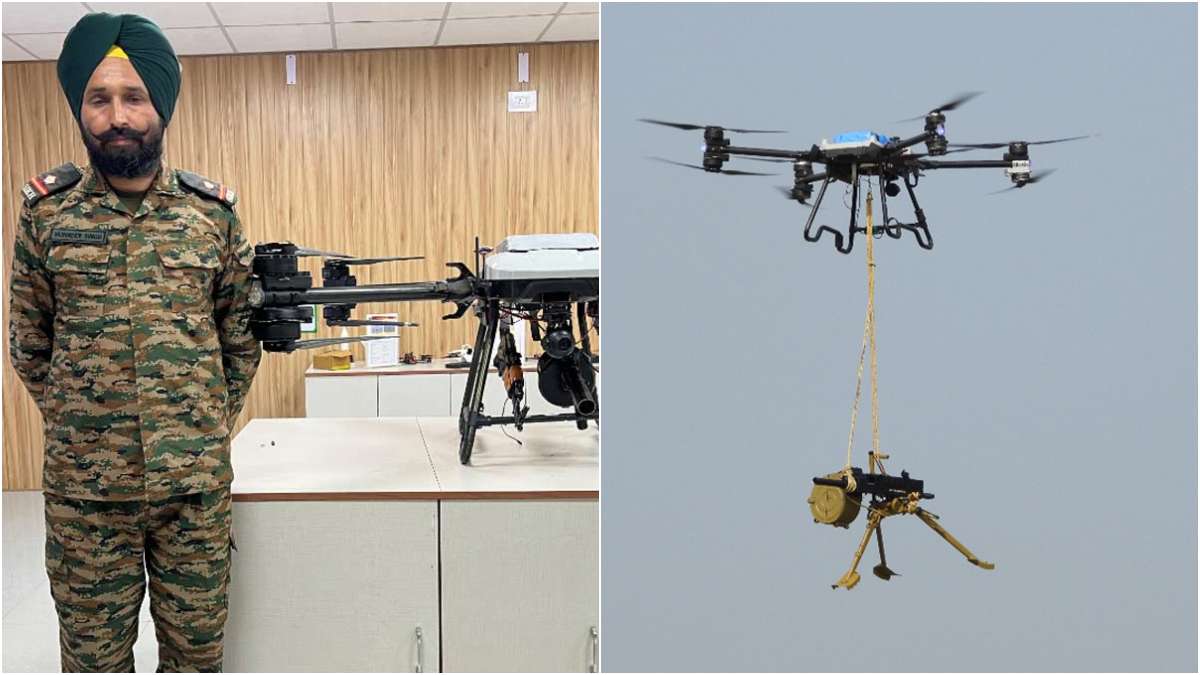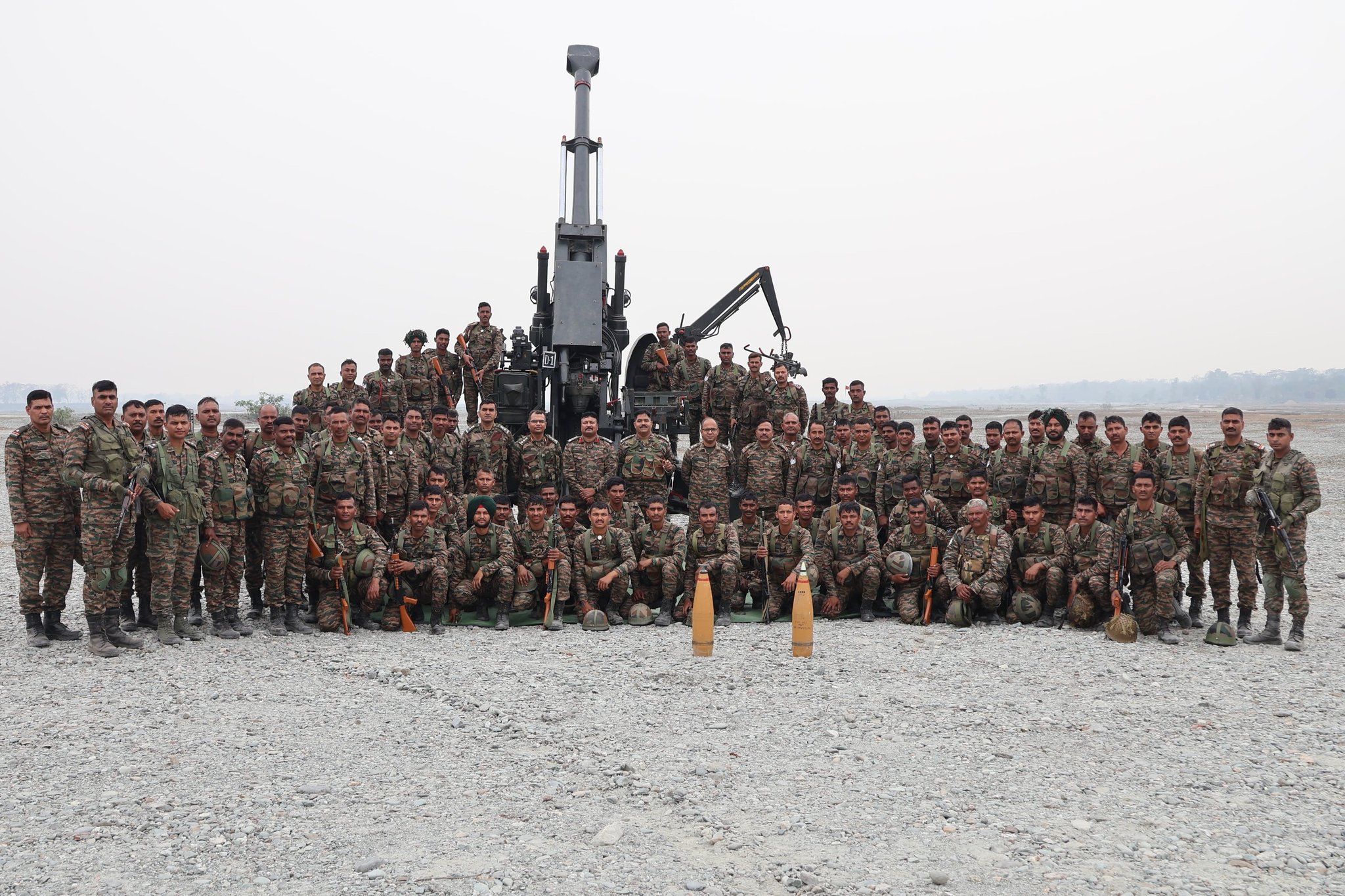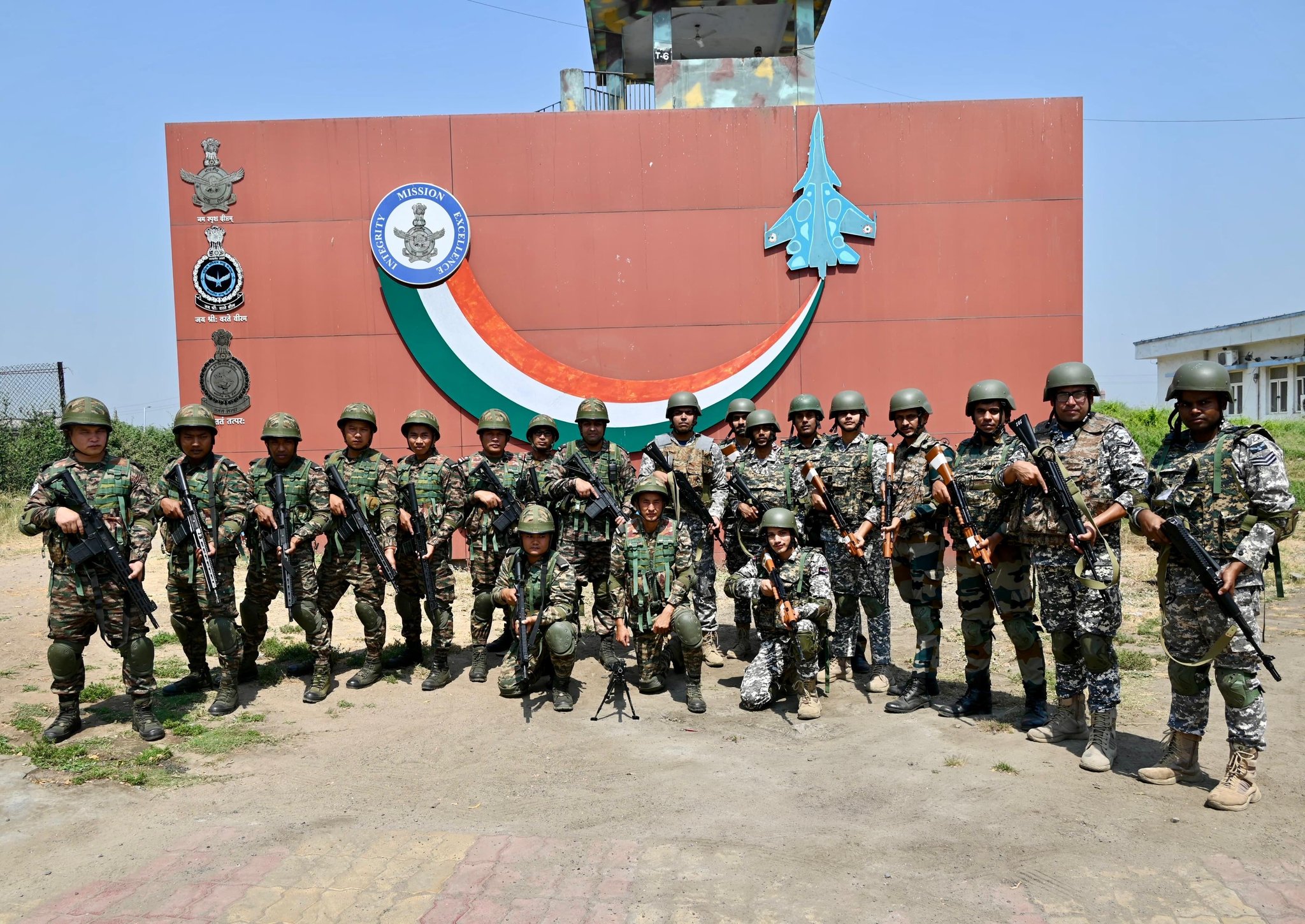Lieutenant Colonel Abhinav Malik Died of Heart Attack on the Way to Hospital
Lieutenant Colonel Abhinav Malik (38), a resident of Saini village located on NH-34 in Meerut, returned home from duty and…
Indian and Russian Navies Commence 14th Edition of Maritime Bilateral Exercise INDRA 2025
New Delhi, 28 March 2025: The 14th edition of Exercise INDRA, a symbol of the enduring maritime partnership between India…
Indian Air Force to Participate in Multi-Nation Air Exercise INIOCHOS-25 in Greece
The Indian Air Force (IAF) is set to participate in Exercise INIOCHOS-25, a prestigious multi-nation air exercise hosted by the…
Havildar Varinder Singh Develops ‘Jugaad’ Combat Drone, Awarded Vishisht Seva Medal
In an inspiring display of innovation and self-reliance, Havildar Varinder Singh of the 22 Sikh Regiment has developed a highly…
Exercise ‘Spear Thrust’ Showcases Precision and Synergy in Firepower by Spear Corps
Exercise ‘Spear Thrust,’ conducted by the Spear Corps of the Indian Army, demonstrated an impressive display of firepower precision, operational…
Indian Army and Indian Air Force Conduct Joint Training at Vadsar
The Golden Katar Division of the Indian Army, in collaboration with the Indian Air Force (IAF), successfully conducted a Joint…

